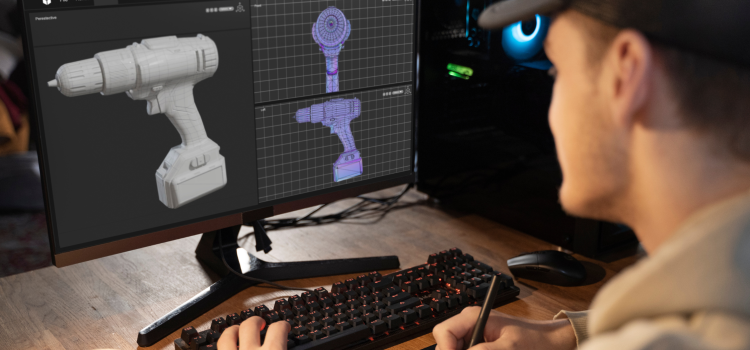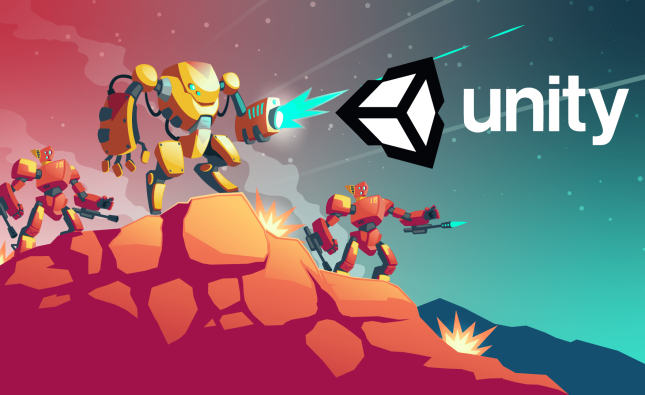
Introduction
Video games have evolved far beyond simple puzzles or action sequences. Today, players connect deeply with video game characters whose pasts shape their choices and whose futures unfold through our actions. A well-crafted character backstory gives depth and meaning, while player-driven arcs let gamers influence a hero’s journey. In this article, we’ll explore why backstories matter, how designers build them, and how player choices create unique narrative paths. By understanding these elements, aspiring game writers and developers can create unforgettable characters and immersive adventures that keep players coming back for more.
The Importance of Backstories
A character’s backstory is more than just background information—it fuels motivation and emotion.
- Emotional connection: Knowing a hero’s childhood struggles or past failures makes players care about their success.
- Narrative consistency: A clear backstory explains why characters act in certain ways and face specific challenges.
- World-building: Backstories reveal how the game world works, its history, cultures, and conflicts.
For example, consider a knight who once failed to save a loved one. That regret can drive them to seek redemption, explaining both their courage and their moments of doubt.
Anatomy of a Strong Backstory
Crafting a memorable backstory involves key steps:
- Defining origins: Where and when was the character born? What was their family like?
- Identifying conflicts: What major events shaped their personality? Loss, betrayal, or forbidden magic?
- Setting goals: What does the character want most—a lost kingdom restored, revenge, or inner peace?
- Adding flaws: Perfect heroes are dull. Give them weaknesses like pride, fear of failure, or impulsiveness.
- Linking to gameplay: Ensure the backstory justifies special abilities or gear. A blacksmith’s apprentice might master weapon crafting.
By weaving these elements together, writers create characters who feel real and drive engaging storylines.
Player-Driven Arcs and Agency
Modern games often let players shape a character’s path. Player-driven arcs give a sense of control and investment.
- Branching dialogues: Choices in conversations can lead to friendship, rivalry, or romance.
- Moral decisions: Saving a village or allowing it to burn affects how the world responds.
- Skill customization: Selecting stealth or combat skills changes how a character solves problems.
- Multiple endings: Games like Mass Effect or The Witcher series adjust the finale based on player actions.
This level of agency makes each playthrough unique. Players don’t just watch the story—they co-author it.
Examples from Top Games
Several standout titles showcase backstories and player-driven arcs:
- The Witcher 3: Geralt’s past as a witcher hunter, his lost love Yennefer, and Ciri’s royal lineage create constant tension. Player choices decide alliances and multiple endings.
- Mass Effect Trilogy: Commander Shepard’s origin—human soldier, orphan, or military brat—shapes dialogue and relationships. Moral choices decide the fate of entire alien races.
- Red Dead Redemption 2: Arthur Morgan’s early life as an outlaw contrasts with his late-life quest for redemption. Player actions influence Arthur’s honor rating and the game’s final chapters.
- Life Is Strange: Max Caulfield’s time-rewinding power ties directly to her backstory with friend Chloe. Emotional choices guide the narrative to one of several impactful endings.
These games prove that deep backstories plus player agency create compelling, replayable experiences.
Designing Character Journeys
Game writers and designers can follow best practices to build strong character arcs:
- Start with a character bible: A document detailing each character’s history, personality, and goals.
- Integrate backstory into gameplay: Reveal past events through flashbacks, collectible journals, or NPC conversations.
- Plan key decision points: Identify where player choices will have major story impact.
- Balance freedom and direction: Offer meaningful choices without losing narrative focus.
- Test for emotional impact: Playtest different arcs to ensure choices feel weighty and satisfying.
Collaboration between writers, designers, and artists ensures that story, mechanics, and visuals all support the character’s journey.
Balancing Linear and Branching Narratives
Not every game needs hundreds of branches. Sometimes a mostly linear story with a few key choices works best.
- Linear with flavor choices: Core plot remains fixed, but side quests let players explore character backstories.
- Sandwich structure: A prologue and epilogue are fixed, with a branching middle section shaped by player decisions.
- Optional arcs: Offer secret missions or romances that expand the main story without altering the critical path.
This approach keeps development manageable while still giving players a taste of agency.
The Power of Voice Acting
Voice acting brings video game characters to life by adding emotion and personality. A skilled actor can make a hero sound brave or a villain sound menacing, helping players connect more deeply with the story. When characters speak with clear, natural voices, players feel as if they’re part of the world. For example, a whispered “I won’t give up” in a tense moment can give players goosebumps and keep them invested in the journey. Good voice direction ensures dialogue matches facial animations and body language, creating a seamless experience that makes characters feel real. This added layer of performance lifts a game from simply fun to truly memorable.
Future Trends in Character Development
The future of video game characters will lean on new tech like artificial intelligence and motion capture. AI-driven characters may learn from player actions, changing their own behaviors and dialogue in real time. Motion capture will grow even more precise, capturing subtle facial expressions that mirror human emotions. We’ll likely see more customizable avatars that evolve based on player choices and play styles, making each adventure unique. As virtual reality becomes mainstream, players could literally “become” their character, exploring backstories and shaping arcs through physical movement. These innovations promise to deepen the bond between players and characters, opening exciting new chapters in interactive storytelling.
Conclusion
From rich character backstories to dynamic player-driven arcs, video game storytelling has come a long way. Backstories ground characters in believable worlds and motives, while player choices create personal, memorable journeys. By studying successful titles and following design best practices, game creators can craft heroes and villains that resonate with players. Balancing linearity with branching paths ensures a cohesive narrative and replay value. For gamers and developers alike, the evolution of character-driven narratives proves that when players shape the story, every adventure becomes uniquely their own.










